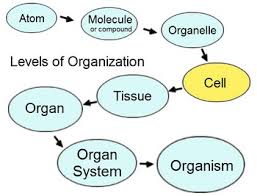Energy-dependent chirality
See also: Achiral glycine Summary: Virus-driven energy theft alters the interactions between physics and chemistry that maintain biophysically constrained biodiversity. That’s how viruses are linked from mutations to all pathology. Nutrient energy-dependent changes in the context of the pheromone-controlled physiology of reproduction biophysically constrain biodiversity via the fixation of amino acid substitutions in supercoiled DNA, which … Energy-dependent chirality


